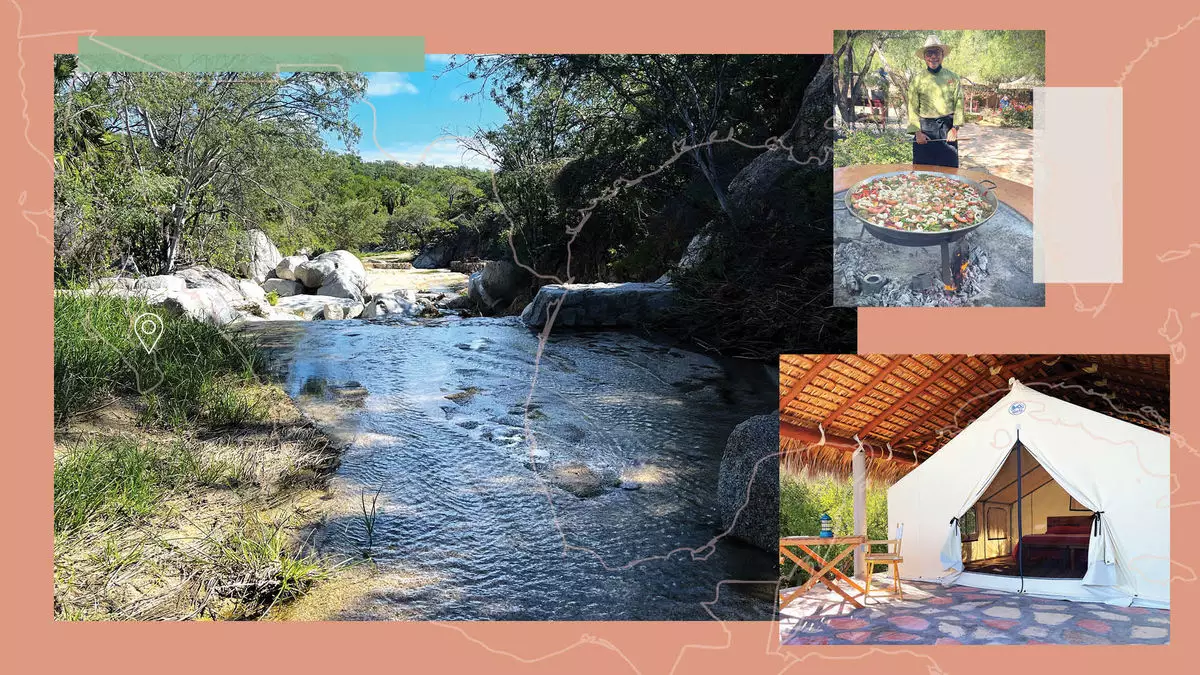When Sebastian Del Valle first considered applying to be the head guide for Rancho Cacachilas, he was met with skepticism and doubt. Rumors swirled around the tourism venture, alleging that it stole water from nearby towns and engaged in questionable mining activities. These rumors were particularly concerning to Del Valle, a committed environmentalist and naturalist who valued the preservation of the land. Despite these reservations, he decided to meet with the managing director, Luis Palacios, to address his concerns and uncover the truth behind the allegations.
One of the primary accusations leveled against Rancho Cacachilas was the theft of water from surrounding communities. However, upon visiting the ranch, Del Valle was surprised to discover that the project was actually focused on water conservation and sustainability. In a region as dry as Baja California Sur, where minimal rainfall poses significant challenges, the initiative to study water retention techniques was crucial. Through the implementation of gabions to slow runoff and enable water seepage into the ground, the ranch was able to preserve water resources and prevent erosion. Del Valle witnessed firsthand how these efforts led to the presence of water in normally dry creeks, challenging his initial beliefs about the project.
Mining and Ownership Concerns
Another contentious issue surrounding Rancho Cacachilas was the presence of a mining operation on the land. Palacios clarified that while the company had acquired mining rights, it was primarily engaged in research mining to comply with government regulations. By conducting tests on rock and soil samples, iAlumbra aimed to demonstrate its commitment to responsible resource extraction. Moreover, Palacios highlighted the potential risks of allowing other entities to exploit the land without proper oversight, emphasizing the need for controlled mining activities. The question of ownership and profit sharing also arose, with Palacios dispelling misconceptions about Walmart heiress Christy Walton’s involvement. He revealed that Walton was personally funding various conservation and regeneration projects on the property, indicating a genuine commitment to environmental stewardship.
Despite the initial doubts and rumors surrounding Rancho Cacachilas, Del Valle ultimately decided to accept the position of head guide. His interaction with Palacios and firsthand experience of the project’s conservation efforts convinced him of the venture’s integrity and long-term vision. By engaging in open dialogue, addressing concerns, and showcasing the company’s financial transparency, Rancho Cacachilas was able to win over a critical skeptic and transform him into an enthusiastic advocate. Del Valle’s journey serves as a reminder of the importance of thorough investigation, open communication, and a willingness to challenge preconceived notions when evaluating environmental initiatives and sustainable practices.


Leave a Reply